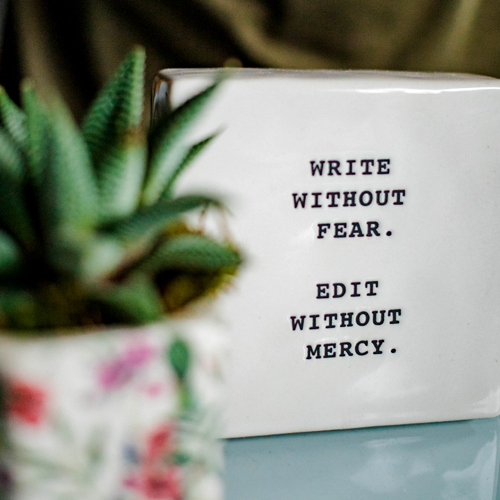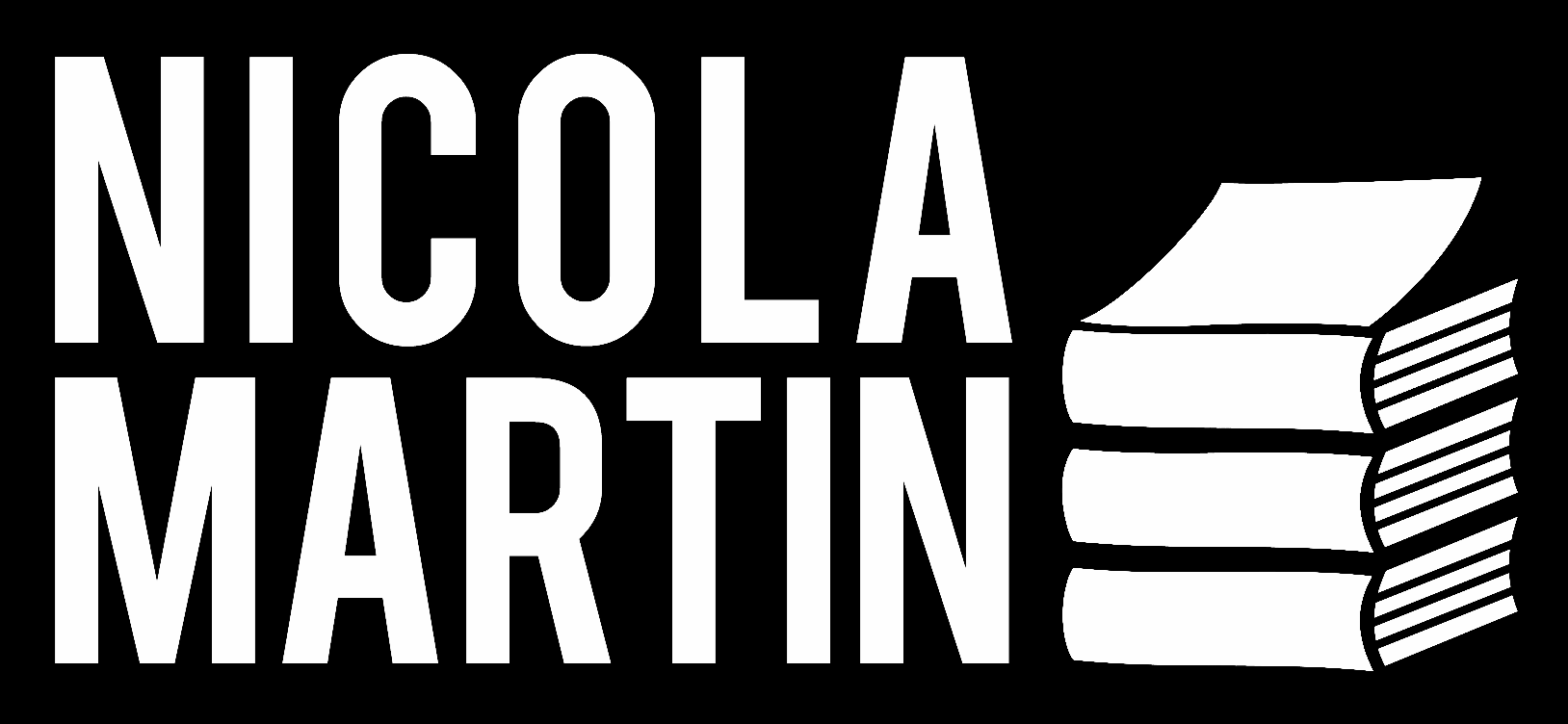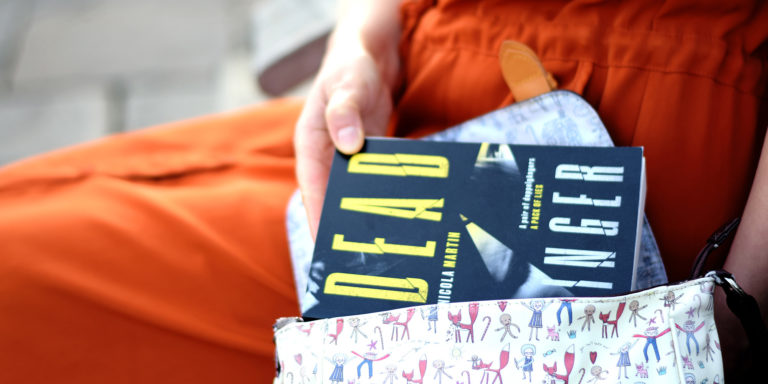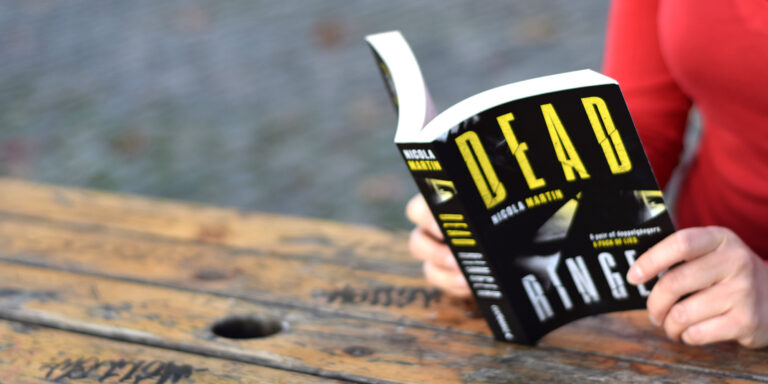Killing Your Darlings is Hell. Here’s How I Edited My Novel.
I’ve been suffering some body dysmorphia recently – not for my own body, but for the size of my novel. A year ago, it was a voluptuous 120,000 words (440 pages); now it’s a skinny 90,000 words (350 pages). The Getaway, a murder-mystery set in the Caribbean, comes out in November 2024 and I’ve been working through edits for it.
I had a superstar editor in my corner (thanks, Therese), but no matter what stage you’re at as a writer, you’ll be editing. Maybe not with an editor hovering behind your shoulder, but by self-editing. In fact, I think learning to self-edit is a superpower.
Yep, that means you need to wrestle your darlings to the ground and put a gun to their head.
(‘Kill your darlings’ has been circulating as a piece of writing advice for hundreds of years. In 1914, Arthur Quiller-Couch said, ‘Whenever you feel an impulse to perpetrate a piece of exceptionally fine writing, obey it—whole-heartedly—and delete it before sending your manuscript to press. Murder your darlings.’ I tend to use it to describe any type of tough editing, particularly places where you’re getting rid of self-indulgences.)
Why should you cut word count from your novel?
 Ever read a novel and felt like a great 300-page book was trapped inside a boring 500-page book? Writing is as much about knowing what to cut as it is about adding word count.
Ever read a novel and felt like a great 300-page book was trapped inside a boring 500-page book? Writing is as much about knowing what to cut as it is about adding word count.
Economical prose instils confidence in the reader. You read a tightly-written book and your shoulders drop and you think, ahh, yes, I can relax and enjoy this novel, because I trust the author to take me on a trip without making torturous detours.
Remember, readers have less patience for wordy novels than writers do. We tend to be a bit too in love with our descriptions and our metaphors and our clever dialogue. An excess of that stuff makes readers begin skimming. Or it makes them put down the book altogether.
The bottom line is: when you’re writing a book, you should trust your reader. You don’t need to bash them over the head with a plot point. It’s okay, they can remember what happened 50 pages ago. And, as long as you make it worthwhile to read every word, they’ll read every word.
How to do it? 5 methods I use for editing:
1. Make the easy cuts
Before we get to the hard stuff, let’s do the easy stuff. Cut anything that’s cluttering up your prose unnecessarily. Run a search through your manuscript for these gremlins:
Just – Take it from me (I’m a ‘just’ addict; I use it on every page in my drafts), the word ‘just’ is a seasoning that you rarely need – cut, cut, cut!
Started to – If a character starts to do something, it means they’re already doing it, so ‘she started to do the washing up’ can become ‘she did the washing up’.
-ly words – You’ve probably heard the case against adverbs in the hit new legal drama Crimes Against Language, but if you’re using an adverb or an adjective to prop up a weak verb, you should strengthen the verb and get rid of the window dressing. Therefore, ‘he walked away slowly’ becomes ‘he drifted away’ or similar.
Feel/Felt – Characters in my stories are always feeling things using the word ‘felt’ and, most of the time, it’s not needed, as long as we’re grounded in their perspective. ‘She felt the smooth fabric of the dress’ can become ‘the fabric of the dress was smooth’.
Found herself – This is another form of throat-clearing. A character ‘finds herself smiling’ instead of simply … smiling. Occasionally you do want to communicate that whatever the character is doing is genuinely surprising (‘without meaning to, she found herself walking towards her childhood home’), but most of the time, it’s unnecessary. Let her smile!
Said – I’m not suggesting replacing ‘said’ with a synonym or something horrific like that (please, no), but I’ve increasingly been rearranging my scenes so that an action beat comes before or after a line of dialogue. That way you indicate who’s talking, but cut the ‘he said’ part. Example:
He picked up his umbrella. ‘What do you mean?’
(Your own writerly tics) – My own personal weeds that I need to dig out of a manuscript include ‘well …’ and ‘of course’. It’s cringey, but you need to be ruthless about identifying the words and phrases you personally overuse.
2. Try really, (really, really) hard not to repeat yourself
The spiritual successor to cutting filler words is cutting repetition. Unfortunately, this is a lot harder than x’ing out every instance of ‘just’.
We’re back to confidence. If you’re not confident as a writer, it feels safer to use two adjectives where one would suffice. (If a character gives ‘a cool, contemptuous look’, that’s repetition; ‘a contemptuous look’ gets your meaning across.)
It feels safer to state and re-state the same sentiment. ‘She gave a cool contemptuous look, her flinty eyes scanning the length of the restaurant.’ (It’s literally the same description twice.)
The only way to get rid of this type of repetition is to scrutinise every line and be merciless. They don’t call it killing your darlings for nothing!
3. Smash scenes together
The first two tips are good practice, but the way I slimmed-down my novel is primarily through combining scenes. If you have a scene that’s missing a great revelation or turning-point, but you still need to keep it for story reasons, try combining it with the scene before or after.
Therefore, the scene where the protagonist gets fired is combined with the one where she gets a call to say her sister is in the hospital. Make your character deal with multiple crises at once.
Smashing scenes together supercharges the narrative, as well as making it zippier.
Combining scenes always feels like a wrench (especially if you’ve lived with a particular scene for a long time and it feels ‘real’ to you), but the good thing is, it’ll freshen up your scenes.
4. Cut the beginning of the scene
 If you can’t cut a slow scene altogether by combining it with another, try lopping off its head. Er, so to speak.
If you can’t cut a slow scene altogether by combining it with another, try lopping off its head. Er, so to speak.
Often, the beginning of a scene contains a lot of logistics (my sister’s in the hospital, I need to get there, but it’s rush hour and my car is playing up!). If you skip straight to the action of the scene (the protagonist arriving at the sister’s bedside), it feels more like a quick cut you’d get in a movie.
5. Read it aloud
I’ve saved the worst for last (you’re welcome). I sincerely hate reading my own work aloud, but it’s the best way to check for rhythm and clarity in your story. If you stumble over a line, it’s a sign you need to change that line, because it’s obviously hard to read.
Forcing yourself to slow down and take your novel line by line also helps identify repetitions like the ones mentioned above. Plus, if you get bored, it’s a sign your reader will get bored and you may need to shorten or smash together the scene.
Reading my whole novel aloud takes me literally days, but it’s always, always worthwhile.
That’s the thing about editing. It’s a n n o y i n g ! ! !
The way I think of it, though, is that a lack of editing in a book is annoying for the reader. You, dear reader. I do it all for you. *falls on the floor weeping* Goodnight.








One Comment